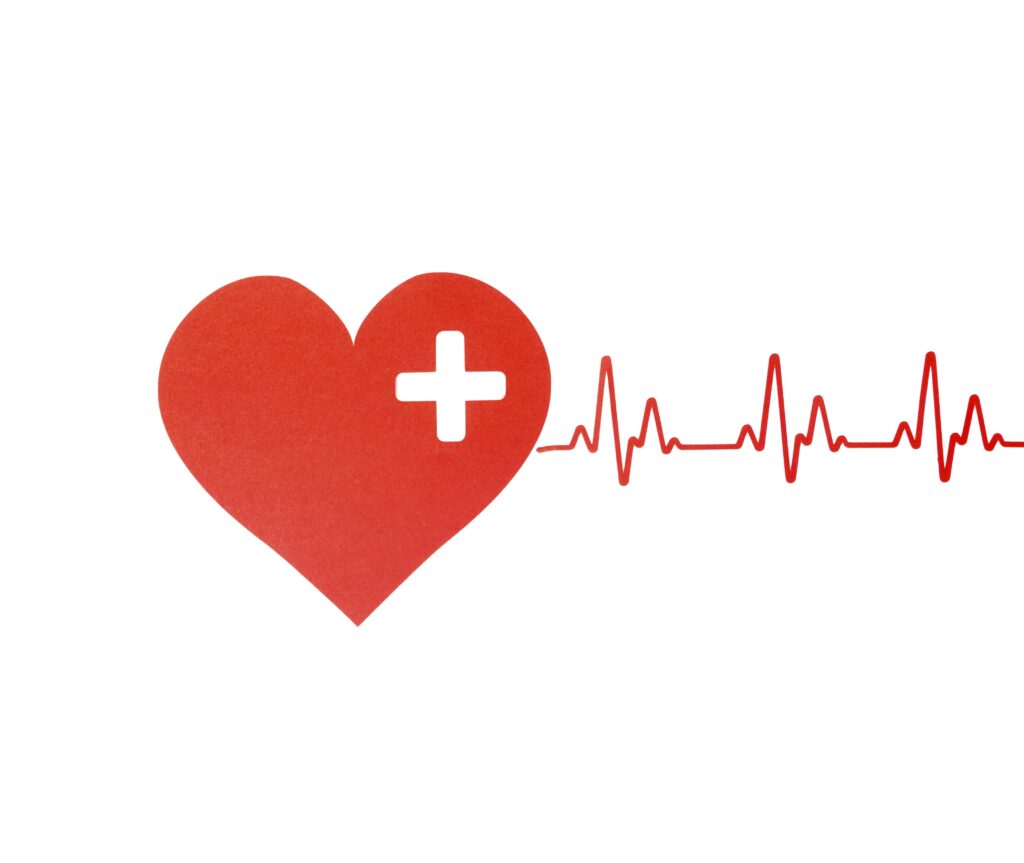What is the Conduction System of the Heart | Describe conduction system of the heart in order
The heart is able to set its own rhythm and also to conduct the signals necessary to maintain and co-ordinate this rhythm throughout its structures. About 1% of the cardiac muscle cells in the heart are responsible for forming the conduction system that sets the pace for the rest of the cardiac muscle cells. The conduction system starts with the
pacemaker of the heart and a small bundle of cells known as the sinoatrial (SA) node.
The SA node is located in the wall of the right atrium, inferior to the superior vena cava. The SA node is responsible for setting the pace of the heart as a whole and directly
signals the atria to contract. The signal from the SA node is picked up by another
mass of conductive tissue known as the atrioventricular (AV) node. The AV node is located in the right atrium in the inferior portion of the interatrial septum. The AV node picks up the signal sent by the SA node and transmits it to the bundle of His. The AV bundle is a strand of conductive tissue that runs through the interatrial septum and into the interventricular septum. The AV bundle splits into left and right branches in the
interventricular septum and continues running through the septum until they reach
the apex of the heart. From the left and right bundle branches are many. Purkinje
fibers that carry the signal to the walls of the ventricles, stimulate the cardiac muscle cells to contract in a co-ordinated manner to efficiently pump blood out of the heart.
Physiology of the Heart | How Conduction System Works In Heart
At any given time, the chambers of the heart may found in one of two states:
- Systole: During systole, cardiac muscle tissue is contracting to push blood out of the chamber.
- Diastole: During diastole, the cardiac muscle cells relax to allow the chamber to
fill with blood. Blood pressure increases in the major arteries during ventricular systole and decreases during ventricular diastole. This leads to the two values associated with blood pressure, (i) systolic blood pressure is the higher value and (ii) diastolic blood
pressure is the lower value. For example, a blood pressure of 120/80 describes the systolic pressure (120) and the diastolic pressure (80).
The Cardiac Cycle
The cardiac cycle includes all of the events that take place during one heartbeat.
There are three phases to the cardiac cycle atrial systole, ventricular systole and
relaxation.
Atrial systole: During the atrial systole phase of the cardiac cycle, the atria contract and push blood into the ventricles. To facilitate this filling, the AV valves stay open and the semilunar valves stay closed to keep arterial blood from re-entering the heart. The atria are much smaller than the ventricles, so they only fill about 25% of the ventricles during this phase. The ventricles remain in diastole during this phase.
Ventricular systole: During ventricular systole, the ventricles contract to push
blood into the aorta and pulmonary trunk. The pressure of the ventricles forces the semilunar valves to open and the AV valves to close. This arrangement of valves allows for blood flow from the ventricles into the arteries. The cardiac muscles of the atria repolarize and enter the state of diastole during this phase.
Relaxation phase: During the relaxation phase, all four chambers of the heart are in diastole as blood pours into the heart from the veins. The ventricles fill to about 75% capacity during this phase and will be completely filled only after the atria enter systole. The cardiac muscle cells of the ventricles repolarize during this phase to prepare for the next round of depolarization and contraction. During this phase, the AV valves open to allow blood to flow freely into the ventricles while the semilunar valves close to prevent the regurgitation of blood from the great arteries into the ventricles.
Read More :Cardiovascular System | Anatomy of the Heart

